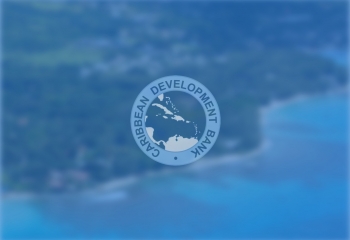The Climate and Disaster Vulnerability Score is a simplified indicator-based scoring framework to assess and compare current household-level vulnerability to climate change and disaster risks. The score is primarily populated from information collected in administering the SLCHB. The household level scores can be rolled up to a given administrative level and mapped to visually highlight differences in vulnerability. It does not include a specific cut-off to determine whether a household (HH) is climate and disaster vulnerable or not. Rather, the score allows for comparison and aggregation to identify areas of higher vulnerability.
The score further leverages existing hazard susceptibility and vulnerability maps, where they exist. Where maps
do not exist, scoring will need to be adjusted. However, the use of the latitude and longitude information collected with the survey should be used to provide as accurate as possible figures related to proximity to the coast, steep slopes, rivers, and other hazards.
Elements of the Climate and Disaster Vulnerability Score include:
a) a criteria and indicator framework;
b) information sources; and
c) a scoring system.
Sample worksheets have been provided to illustrate the application of these three elements.
Introduction
Criteria and Indicator Framework
Information Sources
Scoring System


